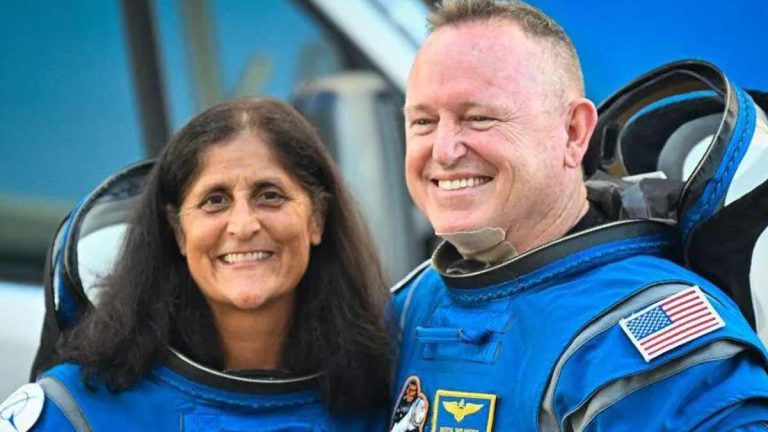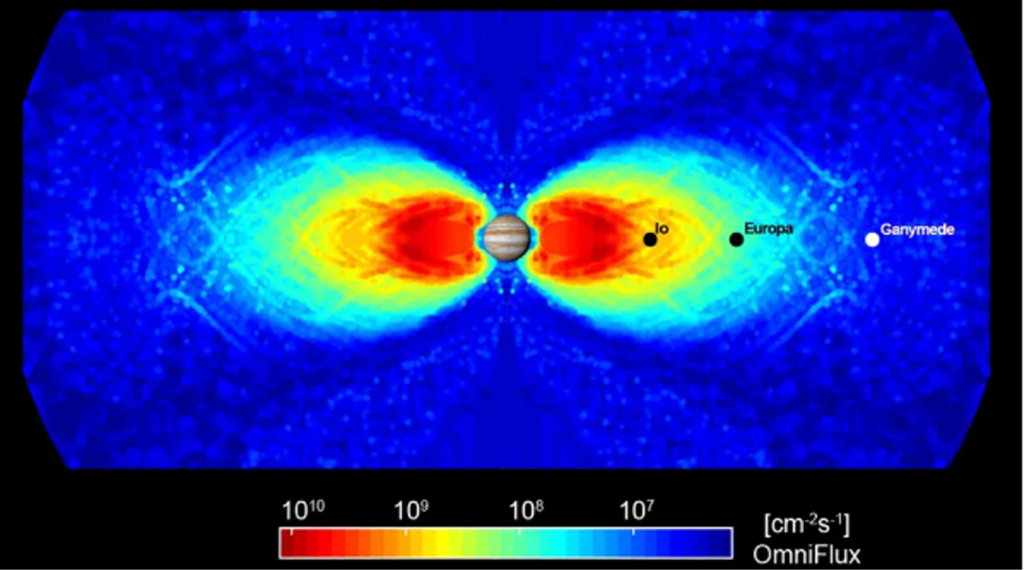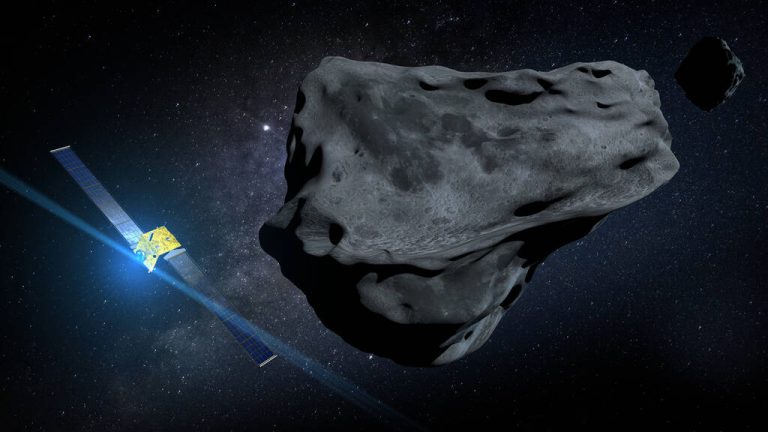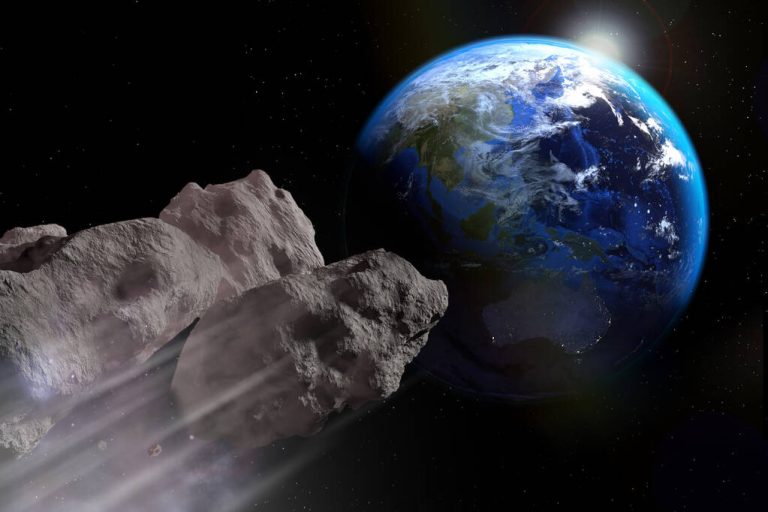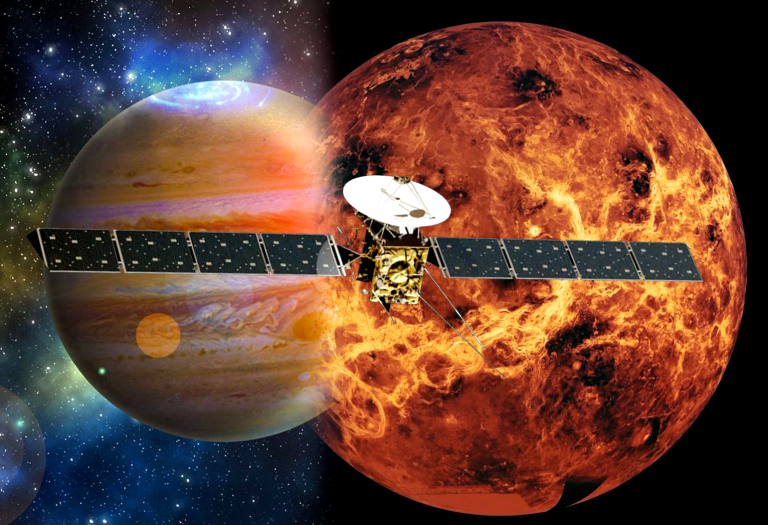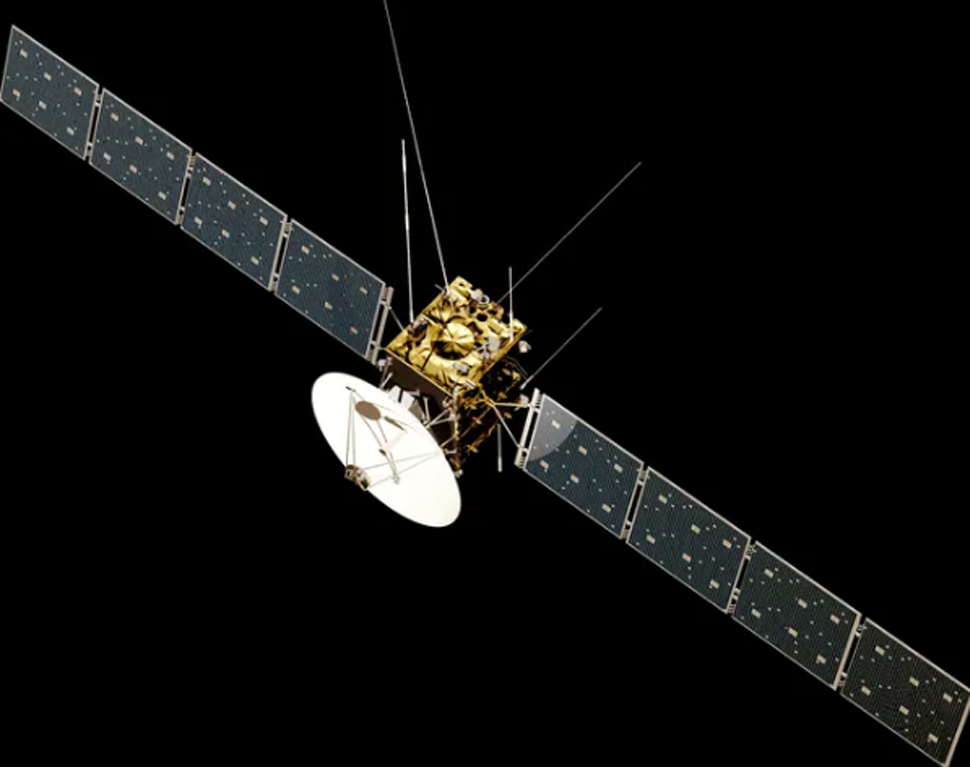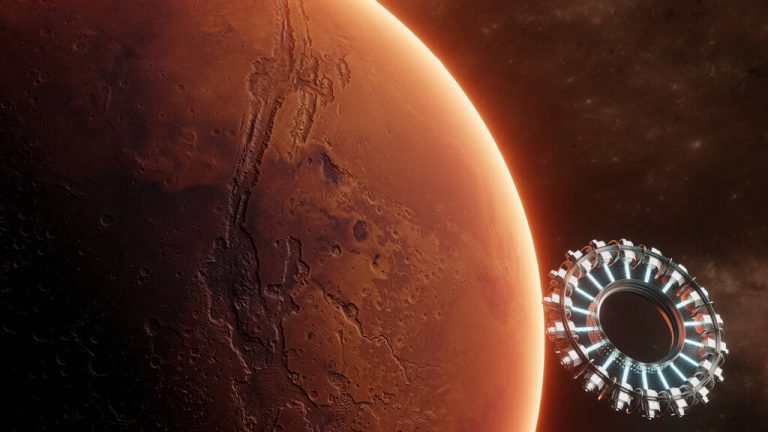NASA’s Suborbital Rocket Confirms Global Electric Field Existence
NASA’s suborbital rocket mission, Endurance, has confirmed the existence of the ambipolar electric field, a global electric field hypothesized over 60 years ago. This discovery, made through precise measurements taken during a flight in the Arctic, provides significant insights into the behavior of Earth’s atmosphere, particularly regarding the phenomenon known as the polar wind. These findings have profound implications for our understanding of Earth’s atmospheric escape mechanisms and may also aid in exploring the atmospheres of other planets.
Summary
- Discovery: NASA’s Endurance mission confirmed the existence of the ambipolar electric field, a global electric field that influences Earth’s upper atmosphere.
- Significance: This field was first hypothesized over 60 years ago but had never been measured until now.
- Polar Wind: The ambipolar field helps explain the polar wind, a stream of particles escaping Earth’s atmosphere at supersonic speeds.
- Technological Breakthrough: The development of new instruments enabled the detection of this weak field, which was previously beyond the capabilities of existing technology.
- Arctic Launch: The mission was launched from Svalbard, Norway, the only site where the required measurements could be taken.
- Measurement Details: The rocket recorded a change in electric potential of just 0.55 volts across a distance of 518 km.
- Impact on Particles: The ambipolar field exerts a force on hydrogen ions that is 10.6 times stronger than gravity, propelling them into space at supersonic speeds.
- Broader Implications: Understanding the ambipolar field aids in unraveling Earth’s atmospheric history and could inform studies of other planetary atmospheres.
- Published Findings: The research has been published in the scientific journal Nature.
- Global and Planetary Relevance: This discovery not only deepens our understanding of Earth’s atmosphere but also provides insights into the atmospheres of other planets and their potential habitability.
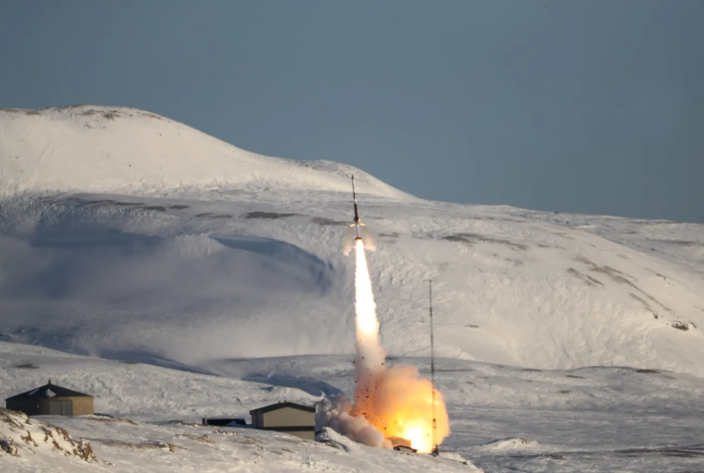
Credit: NASA/Brian Bonsteel
The Existence of a Global Electric Field Confirmed: Insights from NASA’s Endurance Mission
For decades, the concept of a global electric field known as the ambipolar electric field remained a hypothesis. Scientists speculated that such a field could play a crucial role in atmospheric escape, particularly at Earth’s poles. However, due to the field’s extremely weak nature, detecting it was beyond the reach of available technology. This changed with NASA’s Endurance mission, which successfully measured this elusive field, providing a breakthrough in our understanding of Earth’s upper atmosphere.
The polar wind, first detected in the late 1960s, has puzzled scientists for over half a century. This stream of particles, escaping from Earth’s atmosphere into space, defied expectations. While it was anticipated that intense sunlight would drive some atmospheric outflow, the polar wind was different. Many of the particles within it were cold and unheated, yet they moved at supersonic speeds. The question of what was propelling these particles remained unanswered until the recent findings from the Endurance mission.
Glyn Collinson, the principal investigator of the Endurance mission, along with his team, hypothesized that an electric field could be responsible for the polar wind. This field, they believed, was generated at the subatomic level and extended over hundreds of miles. However, detecting such a weak field required technological advancements that did not exist until recently.
In 2016, Collinson and his team began developing a specialized instrument capable of measuring the ambipolar electric field. This instrument was designed for a suborbital rocket flight, which would allow it to travel through the Earth’s upper atmosphere and capture the necessary data. The mission was aptly named Endurance, in honor of Ernest Shackleton’s 1914 Antarctic expedition.
The team selected Svalbard, a Norwegian archipelago near the North Pole, as the launch site for the Endurance mission. This location is home to the world’s northernmost rocket range, making it ideal for studying the polar wind. The suborbital rocket was launched on May 11, 2022, and reached an altitude of 768 km before splashing down in the Greenland Sea after a 19-minute flight.
During its flight, the Endurance rocket recorded a change in electric potential of only 0.55 volts across a range of 518 km. While this may seem like a minuscule amount—about as strong as a watch battery—it was enough to confirm the existence of the ambipolar electric field.
The measurements from the Endurance mission revealed that the ambipolar electric field exerts a force on hydrogen ions, the most abundant particles in the polar wind, that is 10.6 times stronger than gravity. This force is sufficient to propel these particles into space at supersonic speeds. Heavier particles, such as oxygen ions, also experience a significant boost from the field, effectively reducing their weight at high altitudes.
The discovery of the ambipolar electric field has far-reaching implications beyond just understanding the polar wind. It provides valuable insights into the complex processes that govern atmospheric escape and the evolution of Earth’s atmosphere. Moreover, this knowledge could be instrumental in studying the atmospheres of other planets, helping scientists determine their potential habitability.
The Significance of the Findings
The findings from the Endurance mission have been published in the esteemed scientific journal, Nature. This research marks a significant milestone in atmospheric science, confirming a hypothesis that has persisted for over 60 years. The study of the ambipolar electric field not only enhances our understanding of Earth’s atmosphere but also opens new avenues for exploring other planetary environments.
Comparative Table of Earth’s Atmosphere vs. Other Planets
| Aspect | Earth | Mars | Venus |
|---|---|---|---|
| Atmosphere Composition | Nitrogen (78%), Oxygen (21%), Argon (0.9%) | Carbon Dioxide (95.3%), Nitrogen (2.7%) | Carbon Dioxide (96.5%), Nitrogen (3.5%) |
| Atmospheric Pressure | 101.3 kPa | 0.6 kPa | 93 kPa |
| Surface Temperature | 15°C (average) | -63°C (average) | 462°C (average) |
| Escape Velocity | 11.2 km/s | 5.0 km/s | 10.4 km/s |
| Presence of Ambipolar Field | Confirmed | Hypothesized | Hypothesized |
The successful detection of the ambipolar electric field is a testament to the advancements in technology over the past few decades. The instruments developed for the Endurance mission were specifically designed to measure weak electric fields at the subatomic level. These technological innovations have not only allowed us to confirm the existence of the ambipolar field but also to understand its effects on atmospheric particles in unprecedented detail.
Despite the success of the Endurance mission, there are still many unanswered questions about the ambipolar electric field and its role in Earth’s atmosphere. Future research will likely focus on understanding how this field interacts with other atmospheric processes and how it may vary across different regions and seasons. Additionally, scientists are interested in exploring whether similar fields exist on other planets and how they might influence atmospheric escape in those environments.
The discovery of the ambipolar electric field has significant implications for interplanetary exploration. Understanding how this field drives atmospheric escape on Earth could provide clues about similar processes on other planets. For example, studying the atmospheres of Mars and Venus could reveal whether they have their own ambipolar fields and how these fields might affect the potential for life on these planets.
Second Table: Ambipolar Electric Field vs. Other Known Electric Fields
| Electric Field Type | Strength (Volts) | Scale (Distance) | Primary Influence |
|---|---|---|---|
| Ambipolar Electric Field | 0.55 volts | 518 km | Drives atmospheric escape at poles |
| Atmospheric Electric Field | 100-300 volts/meter | Earth’s surface to ionosphere | Influences weather patterns |
| Solar Wind Electric Field | 10 mV/km | 1 AU (Astronomical Unit) | Affects planetary magnetospheres |
| Thunderstorm Electric Field | 10-30 kV/meter | Localized (clouds to ground) | Triggers lightning strikes |
Sources:
- Published Findings: The research has been published in the scientific journal Nature
- research/heliophysics/nasa-discovers-long-sought-global-electric-field-on-earth


